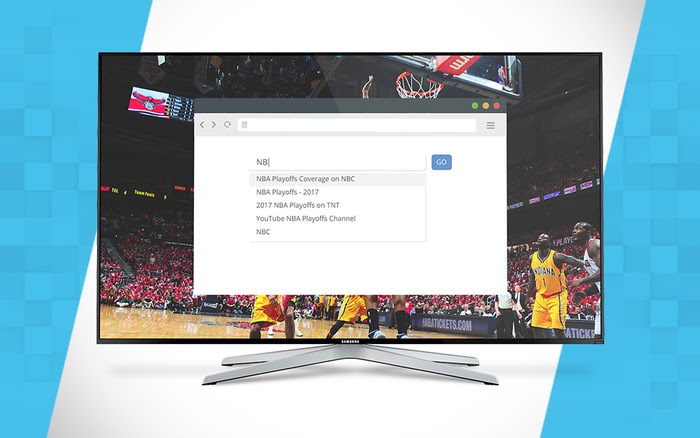A Biased View of Apollo Group Tv
A Biased View of Apollo Group Tv
Blog Article
Apollo Group Tv for Dummies
Table of ContentsAn Unbiased View of Apollo Group TvHow Apollo Group Tv can Save You Time, Stress, and Money.Apollo Group Tv for DummiesApollo Group Tv for Beginners
In this situation, as opposed to having three-minute commercial places throughout a 30-minute tv program, television programming may transform to one where a consumer will be required to have a monthly registration, to ensure that they cen view targeted banner advertisements. This sort of advertising already happens on the web, and the amount of information television firms collect permits them to do a lot the very same.Define the significant fads amongst the broadcasting and cord networks. Popular radio reveals such as authorities drama Dragnet and western cowboy collection Gunsmoke were adjusted for television, and new Television programs were funded by single advertisers, simply as radio programs had been.
Today, the television industry is even more intricate. Programs are funded by several marketers; programs is controlled by major media conglomerates; and the 3 significant networks no longer dominate the airwaves however instead share their visitors with countless cord networks. Numerous elements represent these trends within the industry, including technical advancements, government regulations, and the development of brand-new networks.

The Best Guide To Apollo Group Tv
Developed in 1969, (PBS) created out of a report by the Carnegie Payment on Educational Television, which took a look at the duty of educational, noncommercial television on society. Public television was also intended to offer global accessibility to television for customers in rural locations or visitors who could not afford to pay for exclusive television solutions.
The duration between 1950 and 1970 is traditionally identified as the. In addition to a tiny section of airtime managed by public television, the three significant networks (known as the Big 3) dominated the television industry, jointly accounting for greater than 95 percent of prime-time viewing. In 1986, Rupert Murdoch, the head of multinational company News Corp, launched the Fox network, testing the supremacy of the Big Three.
Targeting young and minority audiences with shows such as Buffy the Vampire Killer, Moesha, Dawson's Creek, and The Wayans Bros., the new networks intended to attract stations away from their old network affiliations. Nonetheless, instead than repeating the success of Fox, UPN and WB struggled to make an impact. Not able to bring in numerous associate stations, the two new networks got to less families than their larger opponents due to the fact that they were impossible in some smaller cities.
This choice led the way for the advancement of cable movie networks, adding to the exponential growth of cord in the 1980s and 1990s. apollo tv group. Further deregulation of wire in the 1984 Cable Communications Policy Act eliminated constraints on wire prices, allowing operators to charge what they wanted for wire solutions as long as there worked competitors to the service (a criterion that over 90 percent of all cord markets could meet)
Apollo Group Tv Fundamentals Explained

Having produced the initial "superstation," Turner increased his world by establishing 24-hour news network CNN in 1980. At the end of the year, 28 national programs solutions were offered, and the cable revolution had actually started. Over the following years, the industry undertook a period of fast growth and popularity, and by 1994 audiences can pick from 94 basic and 20 premium cable services.
Figure 9 - https://businesslistingplus.com/profile/apollogtv01/.16 Raised competition from wire channels has created a constant decline in the networks' target market ratings. Throughout the 1950s, the cost of producing a solitary television program enhanced as shows ended up being longer and manufacturing prices soared. Sponsorship on network television moved from single sponsorship, in which a program was completely supported and created by one advertiser, to several sponsorship, in which advertisers bought 1- or 2-minute places on the show
Each feedback must be a minimum of one paragraph. Choose one of the Big Four networks and publish out its regular shows timetable. Watch the network's prime-time programs throughout a week, noting the target market for every program. Observe the marketing enrollers that support each show and contrast how the services and products fit with the intended target market.
Apollo Group Tv Can Be Fun For Anyone

Straight television, commonly referred to as conventional program TV, encompasses cable television and satellite tv. It's called "linear" because content adheres to an established programs timetable, unlike on-demand content which the specific audience decides to view based upon their very own choices and routine. So, when you ask, "What is direct TV?", think about it as the traditional way of seeing TV that has been around for years.
Report this page